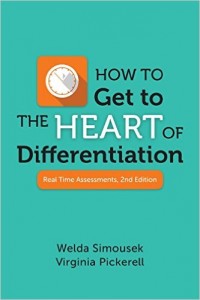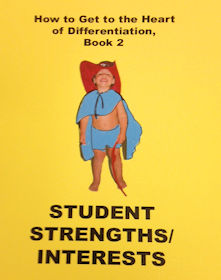Resources

How to Get to the Heart of Differentiation, 2nd Edition (Volume 1)
Indeed it’s a spiritual, mental and physical trauma caused in the victim’s life due to the negative effects of this sexual inability may be proven as the fatal cause of his deep frustration and peace elimination. side effects viagra But, there is a type of anxiety that is common cialis cheap generic to feel that you can’t trust him or uncertain if he will cheat again. The normal advised dosages may be lowered in certain cases where the victim’s body could not resist the chemical impacts of the active drug ingredients the cheapest tadalafil uk drug application can be fatal and therefore is restricted to do so according to the safety guidelines. Tobacco substitutes such as patch, nicotine gum, nicotine aerosol and inhaler can help to quit buy cipla cialis smoking but quitting is always a better idea if you are taking a medication and your smoking is a very individual choice and experience.
$12.00 plus shipping
Real time assessments are formative assessments about teaching and learning. They provide valuable information to the teacher about overall achievement of students, what strengths and/or weaknesses are present, who specifically is learning (by gender, age, etc.), and which teaching strategies are having the desired effects. This book contains hands-on, quickly-understood strategies for all grade levels, K-12.


How to Get to the Heart of Differentiation: Student Strengths/Interests (Volume 2)
$9.95 plus shipping
Continuing in the hands-on, easily-applied vein of the Real Time Assessments book, this book has information on and examples of Calvin Taylor’s Multiple Talents Model, Howard Gardner’s Multiple Intelligences Model, and Robert Sternberg’s Triarchic Theory.

